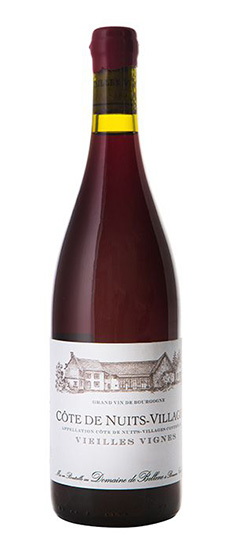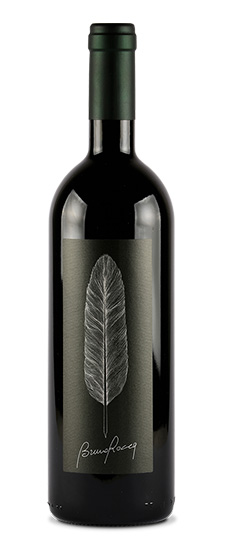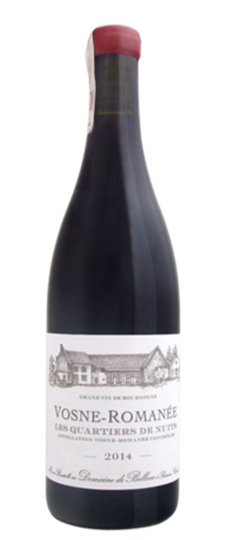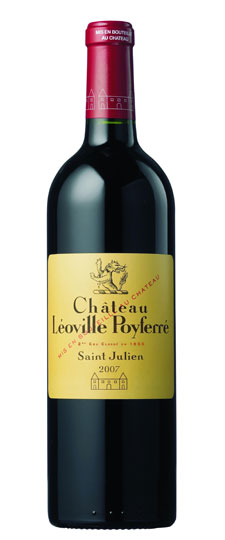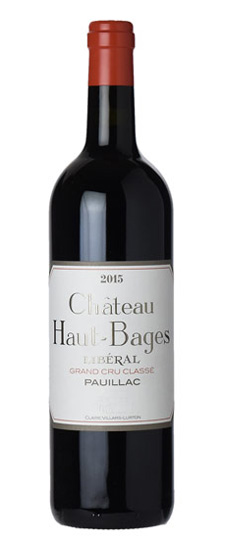Wine Score
Grape Variety
Pinot Noir Wine
Pinot Noir is the red wine grape of Burgundy, now adopted (and feverishly studied) in wine regions all over the world. The variety’s elusive charm has carried it to all manner of vineyards, from western Germany and northern Italy to Chile, South Africa, Australia and, perhaps most notably, California, Oregon and New Zealand. It is the patriarch of the Pinot family of grape varieties – so called because their bunches are similar in shape to a pine cone (pinot in French). Other members of this family include Pinot Gris, Pinot Blanc, Pinot Meunier, Aligote and Pinot Noir’s white-wine counterpart, Chardonnay.
Pinot Noir causes more discussion and dispute than any other grape, most of which centers around finding and describing the variety’s “true” expression. Examples from Santenay are undeniably different from those made on the other side of the world in Central Otago, and yet they are all unmistakably, unquestionably Pinot Noir. It takes a great deal of care and skill to make Pinot perform, and the results vary wildly from watery, acidic candy water to some of the richest, most intensely perfumed wines on Earth. This elusive perfection has earned the variety obsessive adoration from wine lovers all over the world.
A cluster of Pinot Noir grapes
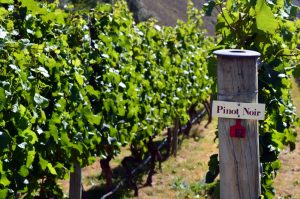 In Burgundy (Pinot’s homeland), the traditional vigneron focuses more on soil and climate than on the qualities of the grape variety itself (this is, after all, the home of terroir). Even very subtle differences in terroir are reflected in Pinot Noir wines made there. There are clear and consistent differences between the wines of Volnay and Pommard, for example, even though the villages are separated by just one mile.
In Burgundy (Pinot’s homeland), the traditional vigneron focuses more on soil and climate than on the qualities of the grape variety itself (this is, after all, the home of terroir). Even very subtle differences in terroir are reflected in Pinot Noir wines made there. There are clear and consistent differences between the wines of Volnay and Pommard, for example, even though the villages are separated by just one mile.
The effects of terroir aren’t limited to Burgundy, of course – every region has its own particular terroir, and these are reflected in its wines, particularly when it comes to terroir-sensitive varieties such as Pinot Noir. Although many winemakers in the New World attempt to emulate the Burgundy style, the newer Pinot regions in Oregon, Washington, California and New Zealand have their own individual expressions and interpretations of the variety.
The essence of Pinot Noir wine is its aroma of strawberry and cherry (fresh red cherries in lighter wines and stewed black cherries in weightier examples), underpinned in the most complex examples by hints of undergrowth (sous-bois). Well-built Pinot Noirs, particularly from warmer harvests, also exhibit notes of leather and violets, sometimes approaching the flavor spectrum of Syrah.
The question of oak in Pinot Noir winemaking is frequently raised, as are the length of fermentation and the option of a pre-ferment maceration (cold soak). Cooler temperatures lead to fresher fruit flavors, while longer, warmer fermentations and pigeage result in more extracted wines with greater tannic structure. In order to retain as much Pinot character as possible, many producers have turned to biodynamic viticulture, avoiding the use of commercial fertilizers that may disrupt the variety’s sensitive chemical balance.
Although Pinot Noir earns most of its fame from its still, red, varietal wines, the variety is also a vital ingredient in the production of sparkling white wines. For these, it can be used alone (to produce blanc de noirs), but is most commonly blended with its cousin Chardonnay, and other members of the Pinot family – most obviously Pinot Meunier in Champagne and Pinot Blanc in Franciacorta. The highly successful Pinot – Chardonnay sparkling wine blend has been adopted by regions all around the world, in Europe, the Americas, South Africa, Australia and New Zealand.
Synonyms include: Pinot Nero, Pinot Negro, Spatburgunder, Blauburgunder.
Food matches for Pinot Noir include:
- Pappardelle pasta with a porcini ragu
- Roasted duck breast with plum sauce
- Seared chicken livers on toast
Region
Vosne-Romanee Wine
Vosne-Romanée is a small commune in Burgundy’s Côte de Nuits district, known mainly for its red wine from the Pinot Noir grape. Originally named just Vosne, the village took the suffix Romanée in 1866 in honor of its most prized vineyard, La Romanée. It is often grouped together with the neighboring commune of Flagey-Echézeaux; while the villages are entirely separate, their finest vineyards are clustered together immediately north of Vosne-Romanée.
The classic Vosne-Romanée wine is considered by many to have the perfect balance of weight, structure, elegance and longevity. Tasting notes often refer to a combination of tart red fruits (particularly cherries and raspberries) and darker elements of undergrowth, licorice and smoke.
Vosne-Romanee
 The village has been a known source of quality wines for more than a thousand years, since the arrival of the monks of the Saint-Vivant monastery. Today, it makes wine almost exclusively from Pinot Noir, although up to 15 percent of the local white varieties are permitted, to allow for natural planting variations and mutations. The wines are made under the Vosne-Romanée communal appellation (with about one-third coming from premier cru sites) and six grand cru appellations, each pertaining to a specific vineyard.
The village has been a known source of quality wines for more than a thousand years, since the arrival of the monks of the Saint-Vivant monastery. Today, it makes wine almost exclusively from Pinot Noir, although up to 15 percent of the local white varieties are permitted, to allow for natural planting variations and mutations. The wines are made under the Vosne-Romanée communal appellation (with about one-third coming from premier cru sites) and six grand cru appellations, each pertaining to a specific vineyard.
The entire surface area of Vosne-Romanée Grand Cru vineyards is only 27 hectares (67 acres – about half the size of the single Clos de Vougeot climat just across the commune boundary). This is divided between six individual sites: La Grand Rue, La Tâche, Richebourg, La Romanée, Romanée-Saint-Vivant and the most famous, Romanée-Conti. Despite this small surface area, Vosne-Romanée Grand Cru red wines are some of the most respected (and most expensive) in the world.
Vosne-Romanée’s best vineyards lie just above the village, on the mid-slopes of the Côte d’Or; this is where the grand cru sites are located. Around these prestigious sites are dotted the Vosne-Romanée Premier Cru vineyards and some entirely unclassified land. The difference between a grand cru vine and one deemed worthy only of the regional Bourgogne appellation is sometimes a matter of a few feet.
Below this mid-slope section the slopes are too shallow to offer any degree of elevation or increased exposure to the sun. On the higher slopes, as the ground rises towards the spine of the Côte d’Or, the mesoclimate cools slightly, reducing the likelihood of the grapes attaining optimum ripeness and complexity.
Producer Notes
About DOMAINE DE BELLENE
Nicolas Potel no longer makes the wines that bear his name, he makes them at Domaine de Bellene and they’re superb. JONATHAN RAY, The Telegraphe
 Nicolas Potel was unequivocally positive about the 2015 vintage, poetically describing it as one that “was just one long growing season of nothing but blue sky that lasted for 5 months. It was, to be completely frank, such a relief after all of the headaches that was suffered through between 2011 and 2014 and when you throw 2016 in as well, 2015 stands out as a pretty much stress-free vintage. If there was a way to sign a contract for another vintage just like it, I’d gladly sign today! As to the wines, they’re ripe, clean, intense and possess fine transparency to the underlying terroir plus I really like the balance. They should age effortlessly well as they have everything that they need for a very long life.” I in particular call your attention to the two examples of Bourgogne and the old vines St. Romain bottlings as they all offer excellent value
Nicolas Potel was unequivocally positive about the 2015 vintage, poetically describing it as one that “was just one long growing season of nothing but blue sky that lasted for 5 months. It was, to be completely frank, such a relief after all of the headaches that was suffered through between 2011 and 2014 and when you throw 2016 in as well, 2015 stands out as a pretty much stress-free vintage. If there was a way to sign a contract for another vintage just like it, I’d gladly sign today! As to the wines, they’re ripe, clean, intense and possess fine transparency to the underlying terroir plus I really like the balance. They should age effortlessly well as they have everything that they need for a very long life.” I in particular call your attention to the two examples of Bourgogne and the old vines St. Romain bottlings as they all offer excellent value

